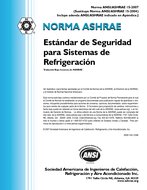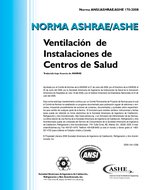Description
The United States Coast Guard (USCG) constructs residential housing throughout the country using a basic template that must meet the minimum Leadership in Energy and Environmental Design (LEED) Silver criteria or better for the units. In Kodiak, Alaska, USCG is procuring between 24 and 100 residential multifamily housing units. Priorities for the Kodiak project were to reduce overall energy consumption by at least 20% over existing units, improve envelope construction, and evaluate space heating options. USCG is challenged with maintaining similar existing units that have complicated residential diesel boilers. Additionally, fuel and material costs are high in Kodiak. While USCG has worked to optimize the performance of the housing units with principles of improved building envelope, the engineers realize there are still opportunities for improvement, especially within the heating, ventilation, and air conditioning (HVAC) system and different envelope measures. USCG staff also desires to balance higher upfront project costs for significantly reduced life-cycle costs of the residential units that have an expected lifetime of 50 or more years. To answer these questions, this analysis used the residential modeling tool BEoptE+ to examine potential energy-saving opportunities for the climate. The results suggest criteria for achieving optimized housing performance at the lowest cost. USCG will integrate the criteria into their procurement process.
To achieve greater than 50% energy savings, USCG will need to specify full 2×6 inch (38×140 mm) wood stud R-21 (R-3.7 m2K/W) insulation with 2 inches (50.8 mm) of exterior foam, R-38 (R-6.7 m2K/W) ceiling insulation or even wall insulation in the crawl space, and R-49 (R-8.6 m2K/W) fiberglass batts in the vented attic. The air barrier should be improved to ensure a tight envelope with minimal infiltration to the goal of 2.0 ACH50. With the implementation of an air source heat pump for space heating requirements, the combination of HVAC and envelope savings in the residential unit can save up to 58% in source energy over existing residential units.
Citation: ASHRAE Papers CD: 2014 ASHRAE Winter Conference, New York, NY
Product Details
- Published:
- 2014
- Number of Pages:
- 8
- File Size:
- 1 file , 1.5 MB
- Product Code(s):
- D-NY-14-C070




